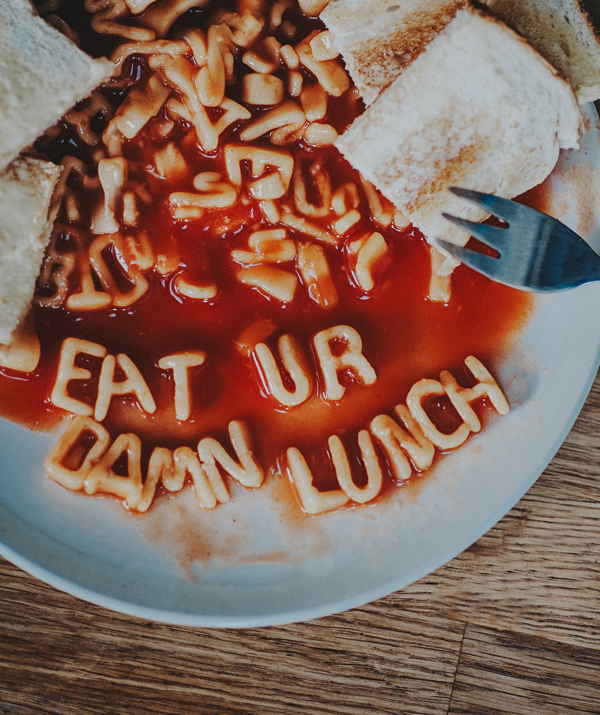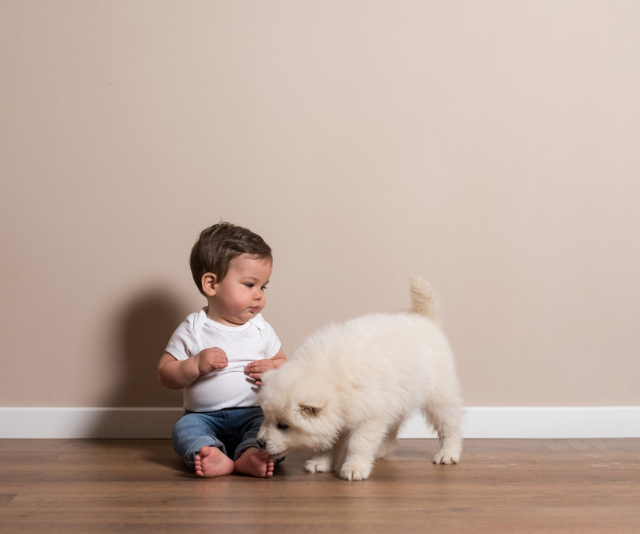Motor skills, creative play and story time
Motor skills
When it comes to practising gross motor skills – walking, jumping and soon running – your mini mover will be experimenting and hopefully persisting as they learn by trial-and-error.
As your child becomes steadier on their feet, they’ll feel more confident holding an object like a toy while they walk. From 18 months, they were likely able to walk upstairs, still placing both feet on each step while holding the handrail – now they’ll be navigating down stairs, too. They’ll be thrilled to try trotting and even running. Encourage dancing, jumping, pushing a tricycle, balancing on logs and curbs and (safe) climbing.
Big physical goals are great but it’s equally important that kids focus their fine motor skills – those precise hand, wrist, thumb and finger movements, like the ‘pincer’ grip used to pick up a sultana.
Why? These will support a host of other vital physical and mental skills. Most one-year-olds are ambidextrous (they use both hands equally), but by age two or three your toddler may be showing a preference for one hand – in about 90 percent of kids, it’ll be their right.

Developing hands often find it easier to draw or paint upright. (Image: Getty Images)
Creative play
Your child will love painting and drawing. Give your budding artist some crayons and paper and let their creative juices flow.
Developing hands often find it easier to draw upright, so consider getting an easel. Messy play is good – go to a toddler art class or strip bub down to their nappy and head outside with the paints if you want to spare your living room floor.
Story time
Toddlers love to interact with books, so look for those with mirrors, different textured surfaces and flaps that lift (yep, those flaps are going to get ripped off).
Simple books that talk about concepts like parts of the body, colours, shapes, letters and numbers and ones with lots of simple rhymes and rhythm tend to go over well, too. As well as animal books where your child can learn that cows “moo”, horses “neigh” and so on.
When it comes to language skills, kids this age are starting to develop associations between words and what they notice around them, like walking over to the fridge when they feel hungry or yelling “Phone!” when they hear it ring.

